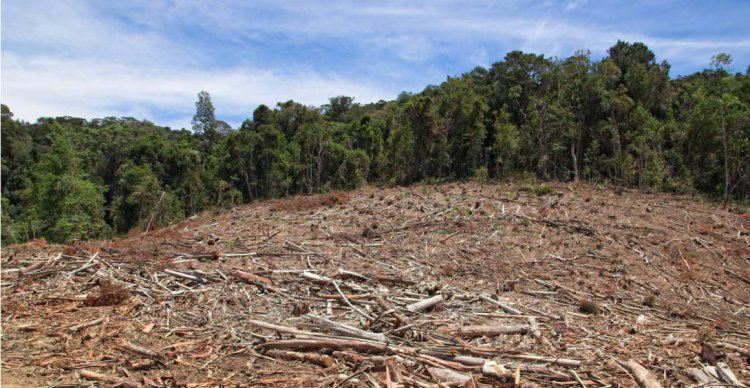
The spread of the monkeypox virus in the UK and globally is a reminder of the risk that our encroachment into the natural world can have.
Monkeypox is an example of a zoonotic disease, one which can spread between different species. But are zoonotic diseases becoming more common, and why?
A series of monkeypox outbreaks around the world have raised concerns over the potential for more diseases to cross into humans.
While monkeypox outbreaks are not uncommon in its native African range, alarm has been raised after the disease has begun spreading in countries outside this region.
At the time of writing, hundreds of cases have been confirmed in the UK, with infections also recorded in Australia, the USA, Canada and European nations.
Cases in the UK are currently being monitored by the UK Health and Security Agency (UKHSA) and the World Health Organisation (WHO), but it is not thought likely it will spread widely.
Dr Colin Brown, Director of Clinical and Emerging Infections, UKHSA, says, 'It is important to emphasise that monkeypox does not spread easily between people and the overall risk to the general public is very low.'